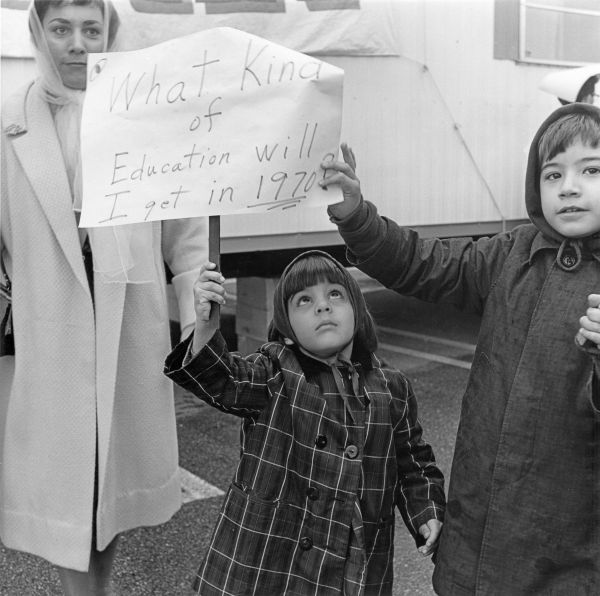In 1968, Florida still had segregated schools, but Black and white teachers had joined together to stage the first statewide teacher strike in the United States to demand higher pay and improved school budgets. An estimated 27,000 teachers protested the longstanding disinvestment in Florida’s public schools by handing in resignation slips and walking out. Governor Claude Kirk had promised improvements, but the teachers protested after it became apparent that his campaign promises were just empty rhetoric given his record of inaction on the issue.
The strike ended after two and a half weeks on March 8, 1968, when the recently integrated Florida Education Association (FEA) and the state agreed to increase investments in education. In the negotiations to end the strike, the FEA called for all teachers to be reinstated immediately. However, five days after the strike ended, only 27 counties had reinstated the teachers. It was not until the head of the state board of education, Floyd Christian, ordered a retroactive leave of absence for the striking teachers, that counties began to comply with reinstatement.
Connecting the teacher’s movement to the civil rights movement had important benefits for both Black and white teachers. Black teachers brought their experience with civil rights organizing tactics and support from civil rights leaders to the teachers strike. The teachers’ strike enabled all teachers to see their common goals of improving education, increasing respect for their profession and it provided a space for collective action.
For more information about the 1968 Teacher Walkout, visit other policy areas of The Florida Timeline:

Image Source: Florida Memory
Image Description: Aeriel view of protest rally in Orlando with more than 35,000 teachers in attendance, 1967
